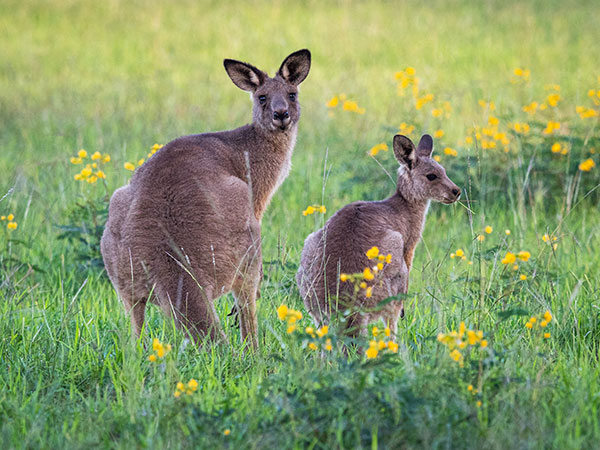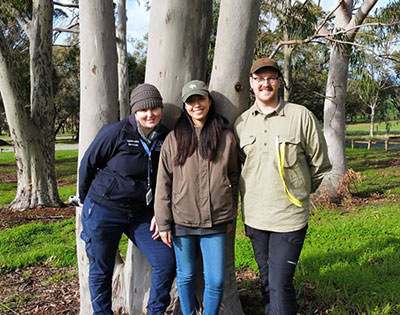Biodiversity Baseline Data Project
Collecting species data from all University campuses ensures the protection and enhancement of on-campus biodiversity.
In late 2019 the University began recording the rich diversity of habitats and species to establish a complete set of biodiversity baseline data for its seven campuses. Not only will this inform future species selection and priority areas for new vegetation, but it will also continue to provide students with a unique opportunity to learn from and contribute to on-campus sustainability.
Halting biodiversity loss
The University’s campuses support a vast array of different habitats and life, which are coming under increasing pressure due to the University's growing infrastructure needs and global climate change.
To combat this, the University has introduced a ‘no net loss’ policy for on-campus biodiversity with an ambition to increase the quantity and quality of species and habitats over time (achieving net gain). This biodiversity monitoring project is the first step in allowing the University to meet this commitment.


Biodiversity on campus: breaking it down
The project works to achieve biodiversity targets two and three in the Sustainability Plan (2017–2020) as well as several actions in the Biodiversity Management Plan (2017–2020).
Collected data has been divided into seven preliminary metrics of biodiversity across each campus, which will form a baseline to compare to in future years. The data will ensure compliance to the ‘no net loss’ biodiversity policy.
The collection of biodiversity baseline data at each campus will help inform new operational targets and actions in the next Sustainability Plan 2022-2030, due to be released in early 2022. The project reflects the University’s continued commitment to be leaders in conserving life both on and off campus.
Left image: “Kangaroos at Dawn” by Marc Dalmulder is licensed under CC BY 2.0.
The seven biodiversity metrics
Metric 1 - Plantable area (m2)
Areas on campus where plants can be planted. Includes garden beds, lawns, ponds, container pots and even green roofs.
Metric 2 - Number of 'Areas of Significance'
Areas on-campus that contain significant resources for biodiversity such as tree hollows, specialised food sources or ecosystem units.
Metric 3 - Number of understorey plant species
Understorey plants are plants that grow beneath the forest canopy but above the forest floor. They include shrubs and small trees.
Metrics 4 & 5 - Number of trees & tree species
Trees across our campuses have been mapped to ensure the number of tree and tree species are maintained above baseline levels into the future.
Metric 6 - Tree canopy cover area (m2)
The area of tree canopy that shades the ground.
Metric 7 - Number of fauna & fungi species
To maintain above baseline levels, sighting of wildlife and fungi will be reviewed prior to any construction works on-campus to avoid impact to species.
